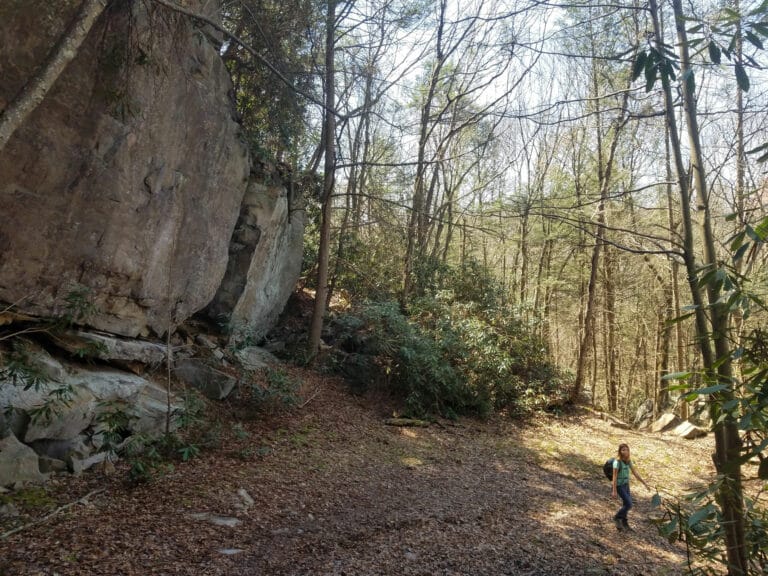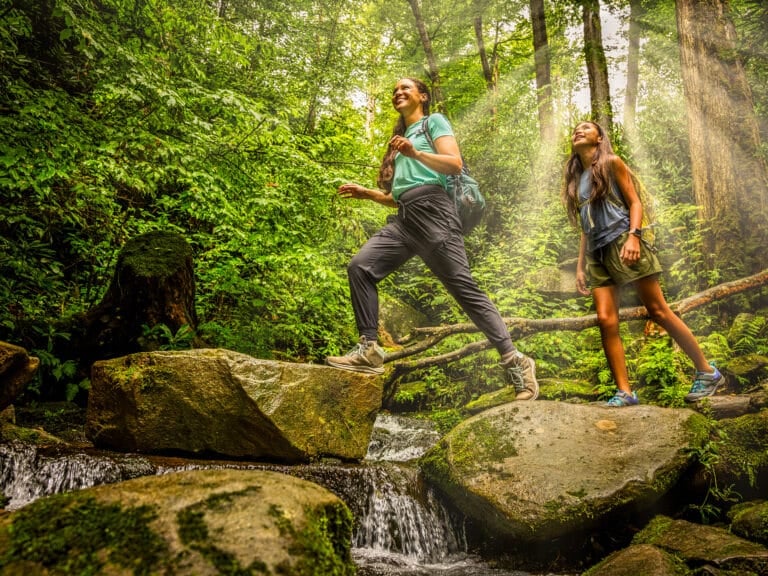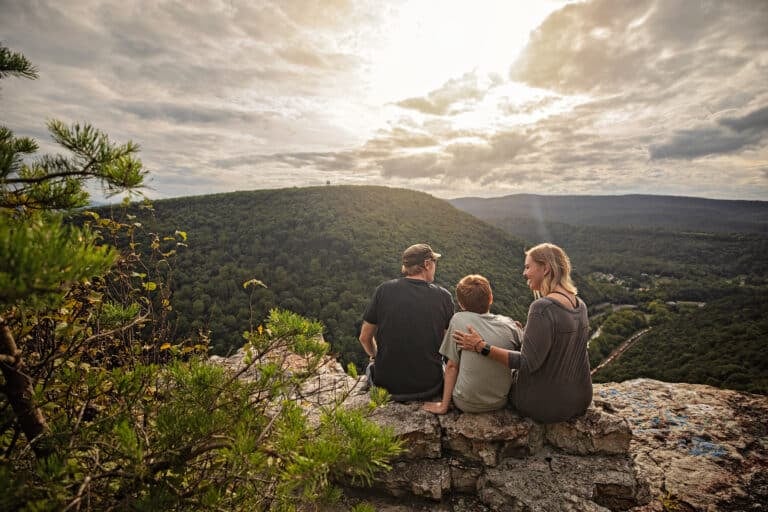Two species, both thought to be extinct, recently re-discovered in Indonesia and Ecuador
Cue Beyoncé’s “All the Single Ladies.” A single female Wallace’s giant bee, feared extinct for 38 years, was discovered on the Indonesian island of the North Moluccas last week. The world’s largest bee, four times the size of a honeybee, was found living inside a termite’s nest in a tree. The bee’s habitat is threatened by deforestation, and its size makes it a target for collectors.
Another species feared extinct, the Fernandina Giant Tortoise, was also discovered last week on a remote Galapagos Island. The species had not been seen in more than 110 years when scientists found a single female tortoise, believed to be more than a century old. Scientists think there may be more living Fernandina Giant Tortoises on the island due to tracks and scat they found. The tortoise was taken to a breeding center for giant tortoises on Santa Cruz Island in the Galapagos.
Dolphins may use toxic pufferfish to get high
Elephants get drunk on overripe fruit, horses eat hallucinogenic weeds, and now, it appears, dolphins may get high off of pufferfish. Footage from a new BBC documentary, “Spy in the Pod,” reveals dolphins purposely coming into contact with toxic pufferfish, which release a potent defensive chemical when threatened. In small doses, the toxin appears to put the dolphins into a trance-like state. The dolphins were filmed playfully passing the toxic pufferfish between them for 20 or 30 minutes and at one point were observed floating just beneath the surface of the water, apparently mesmerized by their own reflections. A zoologist with the film said that the dolphins’ handling of the pufferfish implied that it was not their first time interacting with the fish in this way.
Grand Canyon National Park Turns 100
Today marks 100 years since the Grand Canyon was designated as a national park. To celebrate, the park will host special events and programs at the park and throughout Arizona during the centennial year. Although afforded federal protection in 1893, the Grand Canyon did not achieve national park status until 1919, three years after the formation of the National Park Service. The Grand Canyon National Park Act, which officially made the Grand Canyon a national park, was signed by President Woodrow Wilson and considered an early success of the conservation movement. Today the Grand Canyon is a UNESCO World Heritage Site and welcomes more than 6 million domestic and international tourists a year.







